Mitigating the Impacts of the COVID-19 Pandemic
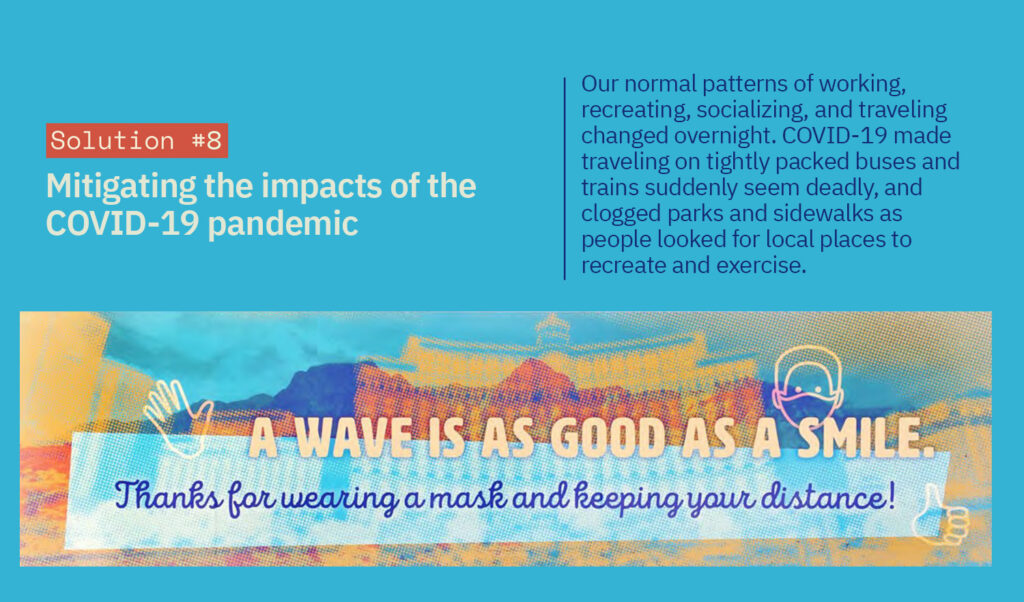
In March of 2020, life across the globe changed dramatically and quickly with the onset of the COVID-19 pandemic. Our normal patterns of working, recreating, socializing, and traveling changed overnight. COVID-19 made traveling on tightly packed buses and trains suddenly seem deadly, and clogged parks and sidewalks as people looked for local places to recreate and exercise.
Challenge: How can transportation agencies create space for people to socially distance, communicate quickly changing rules and regulations, and safely welcome back riders who have avoided transit while keeping current riders and operators safe?
While all forms of transportation have faced new challenges due to COVID, transit has been especially hit hard by the pandemic. Transit agencies across the country have put in place new safety protocols, additional cleaning regimens, employee shift changes and more to ensure that communities—especially essential workers—can continue to rely on this public service. At the very same time, transit is facing an unprecedented financial crisis due reduced ridership numbers and revenue from state and local sources, like sales taxes.
Solution: Arts and culture can help creatively and clearly explain the rules and procedures for using sidewalks, trails, and all other modes of transportation that require people to share space.
To regain riders and survive today’s financial challenges, transit agencies need to make riders feel safe and welcome on transit vehicles and in and around stations. Artists can help with that. Artists’ creative practices can enhance agencies’ responses to quickly shifting new demands related to mask-wearing, social distancing, and communicating rapidly changing rules and regulations. Likewise, artists can help us memorialize those we’ve lost and begin to heal from the trauma of the pandemic.
Explore this approach through the following detailed case studies:
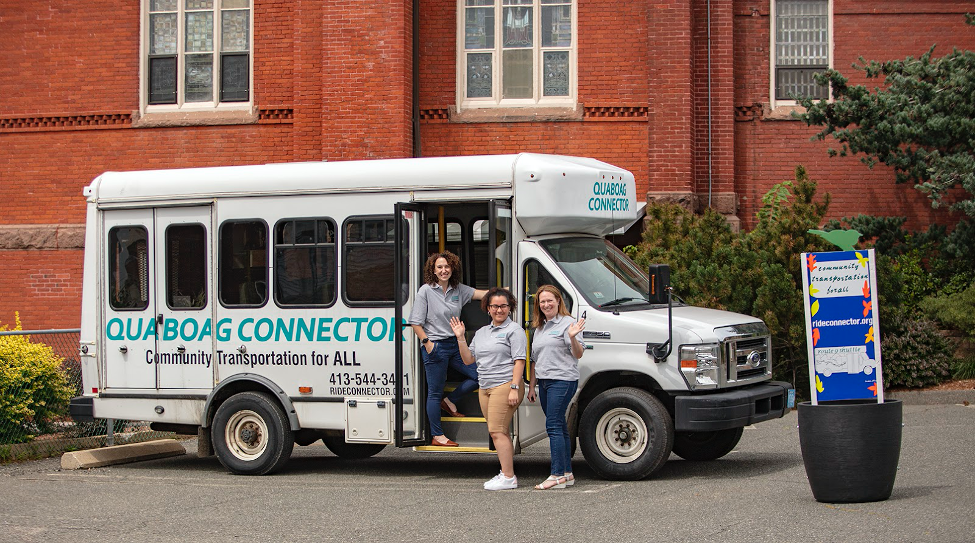
Arts & Transportation Rapid Response: The Quaboag Valley Community Development Corporation
New rural transportation service to support public health, equity amid the COVID-19 pandemic in Ware, MA The challenge Quaboag Valley, one of Massachusetts’ most rural,
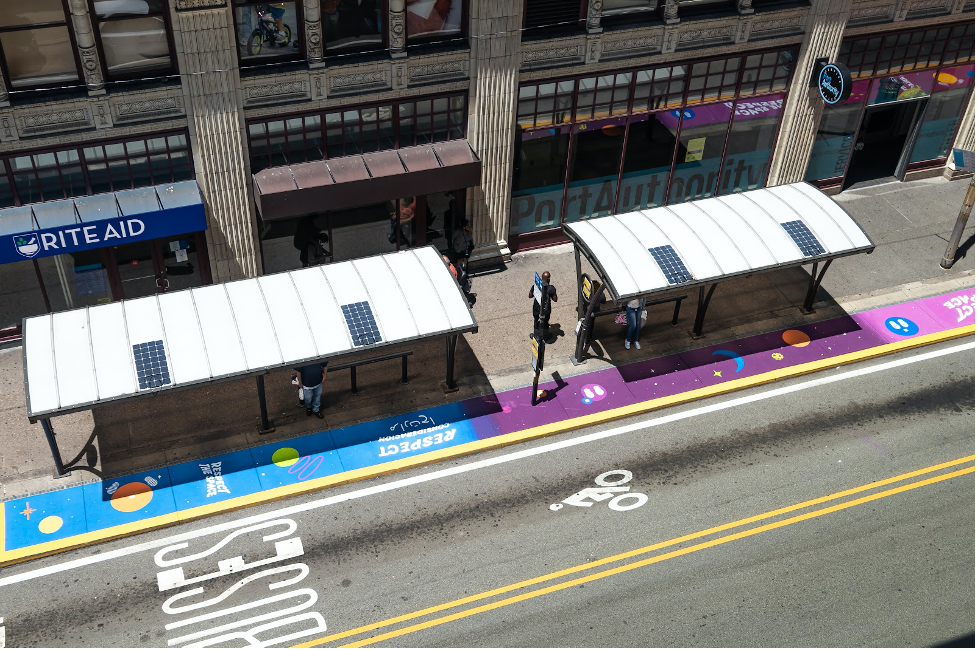
Arts & Transportation Rapid Response — Port Authority of Allegheny County
Encouraging transit riders to “Respect the Space” at crowded bus stops and stations in Allegheny County, PA
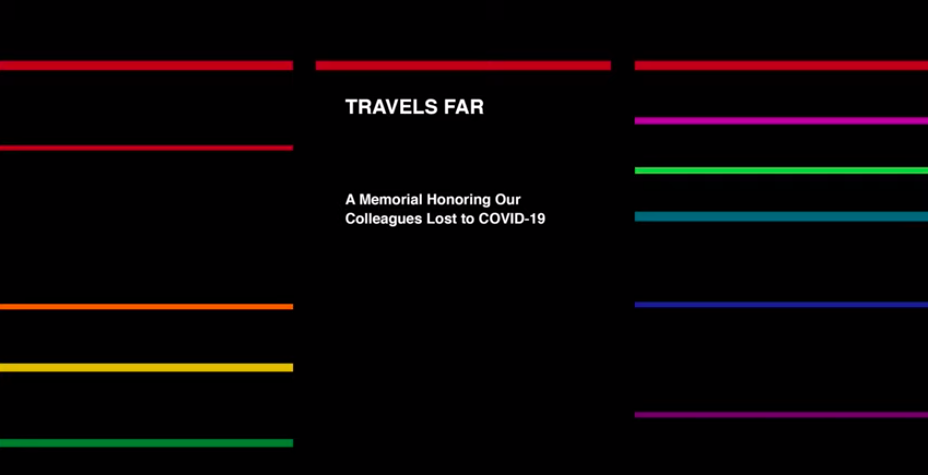
TRAVELS FAR: MTA COVID Memorial
Portraits of MTA workers who have died from COVID are displayed on screens that normally show maps and service changes, along with a newly commissioned
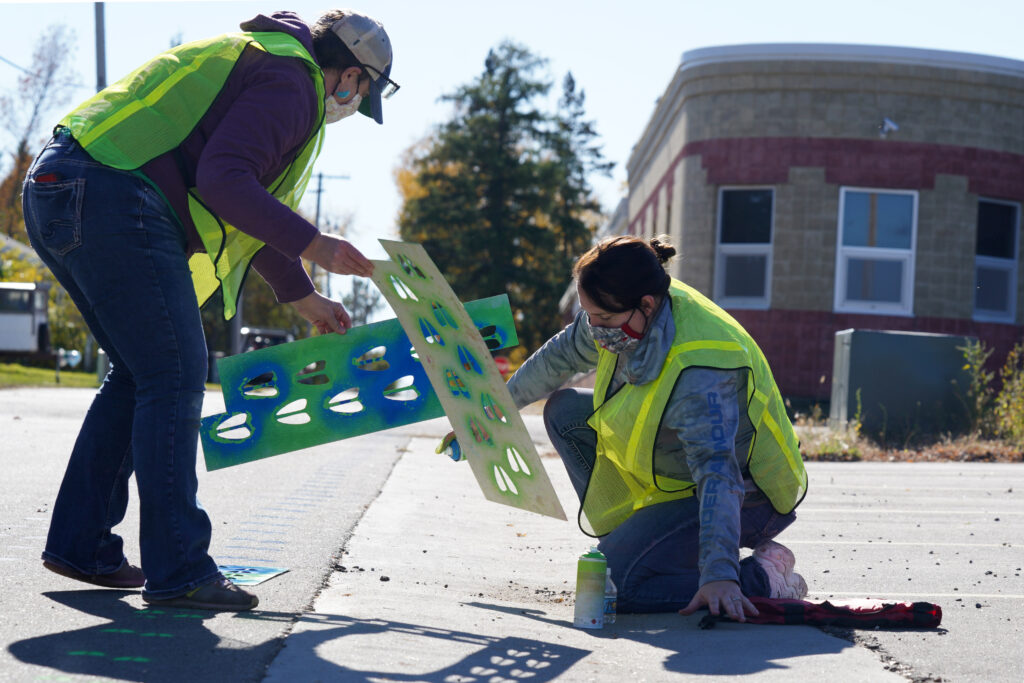
Arts & Transportation Rapid Response – West Central Initiative
As part of the Arts & Transportation Rapid Response initiative, West Central Initiative (WCI), a rural regional planning agency in west central Minnesota, worked with
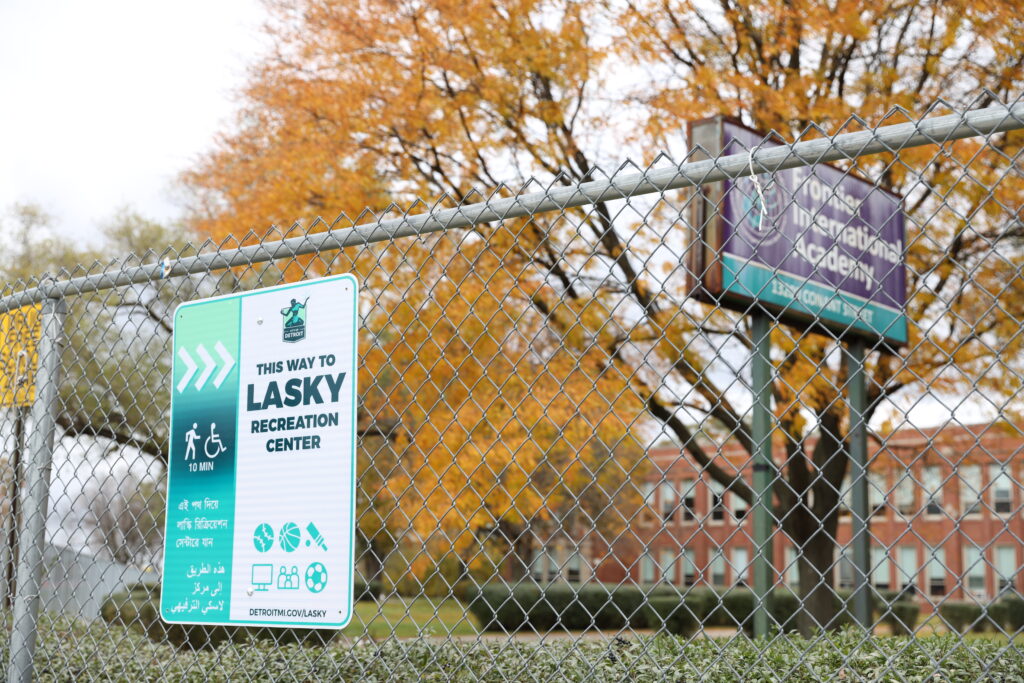
Arts & Transportation Rapid Response – City of Detroit
As part of the Arts & Transportation Rapid Response initiative, the City of Detroit worked with Detroit-based designer Ndubisi Okoye to help bridge the first-
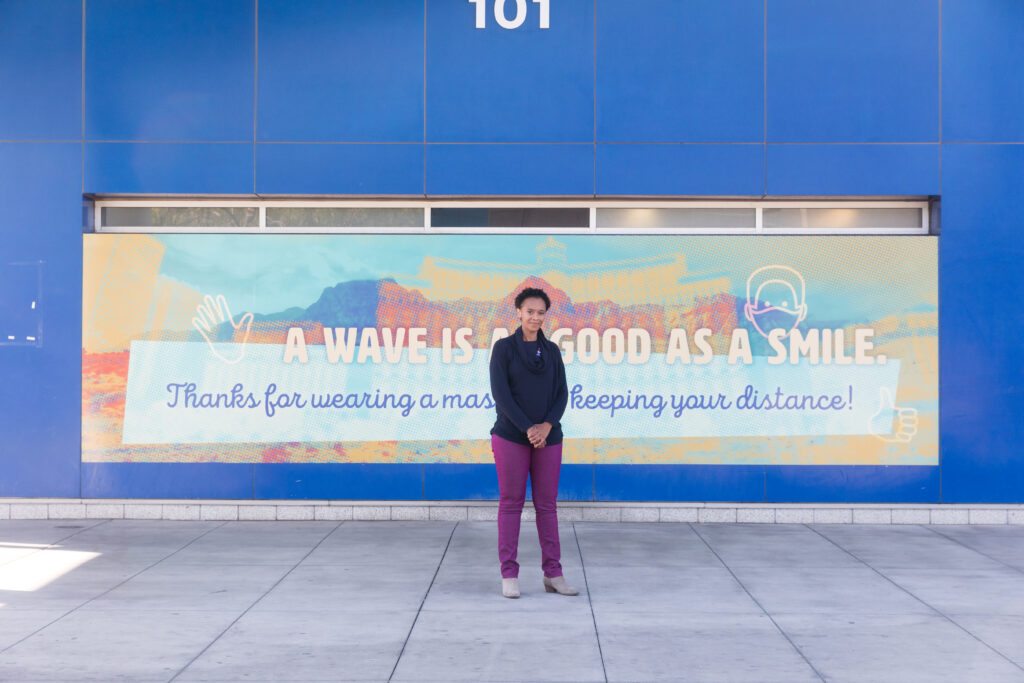
Arts & Transportation Rapid Response – Regional Transportation Commission of Southern Nevada
As part of the Arts & Transportation Rapid Response initiative, the Regional Transportation Commission of Southern Nevada worked with artist Ashley Hairston Doughty and public
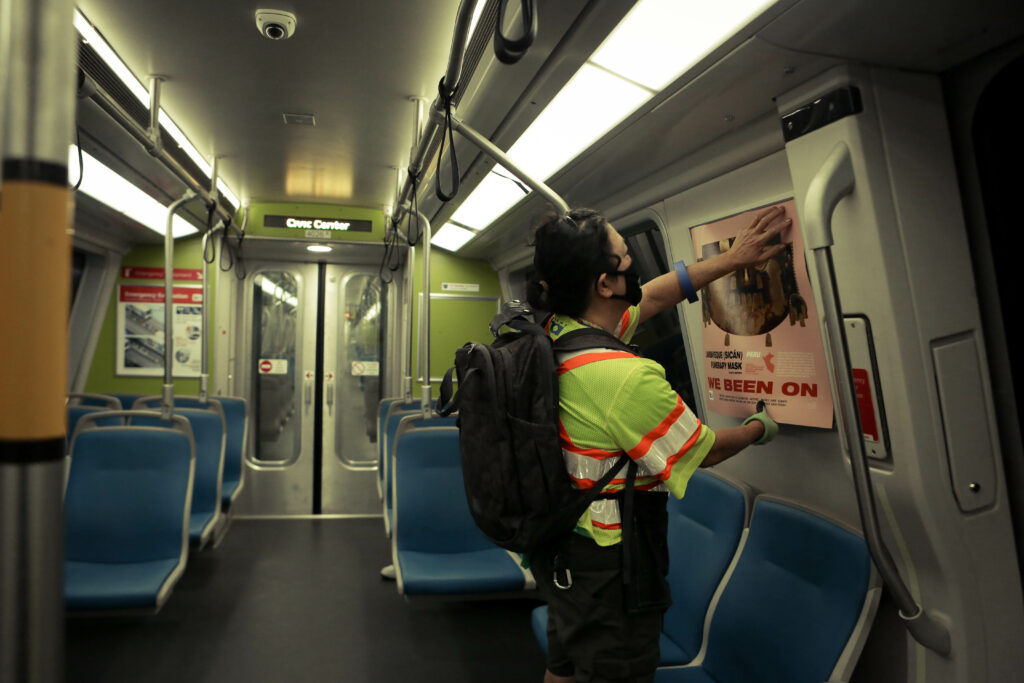
Arts & Transportation Rapid Response – Bay Area Rapid Transit
As part of the Arts & Transportation Rapid Response initiative, Bay Area Rapid Transit worked with artist Tosha Stimage to pilot an approach to normalize
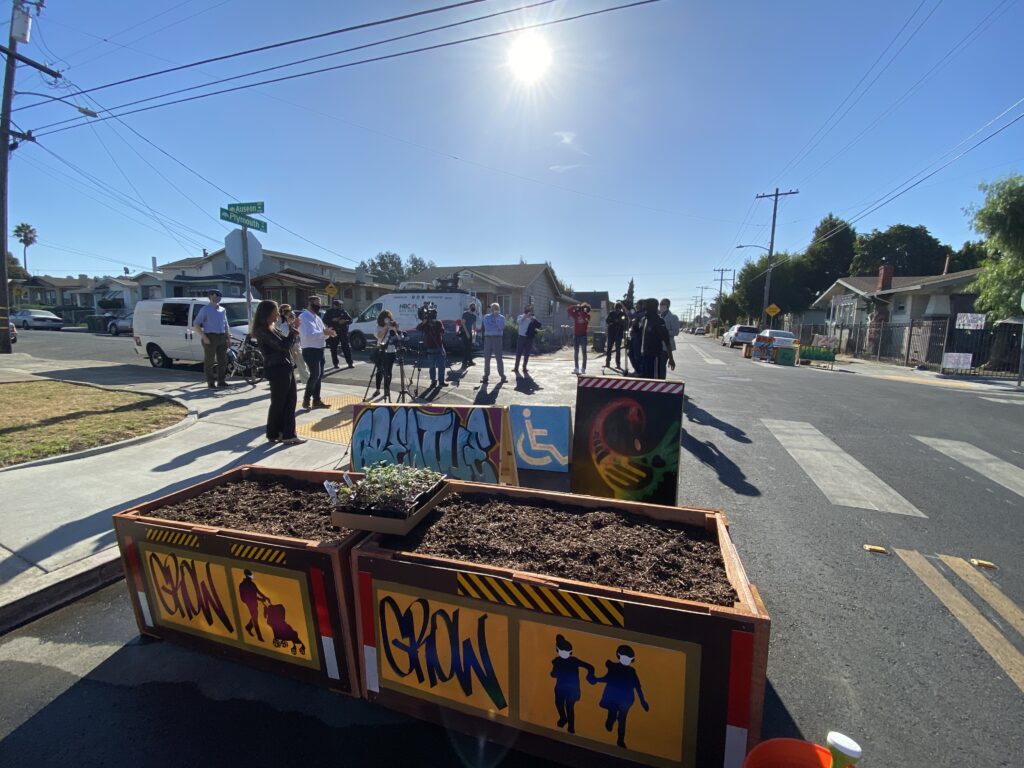
Arts & Transportation Rapid Response – City of Oakland
As part of the Arts & Transportation Rapid Response initiative, the City of Oakland worked with artist Jonathan Brumfield to pilot a solution for more
